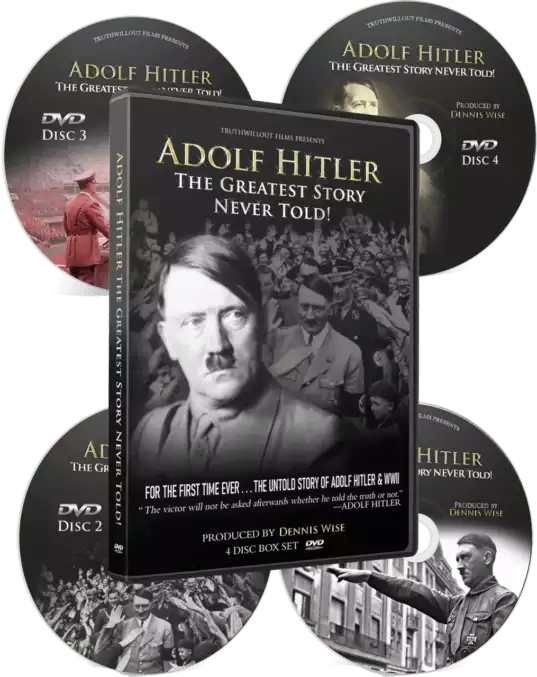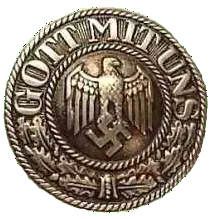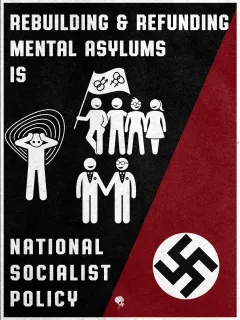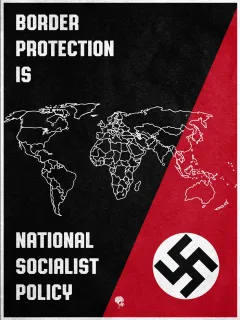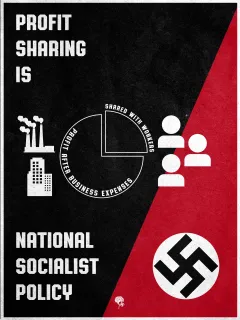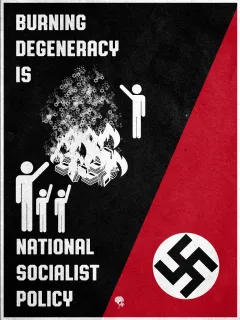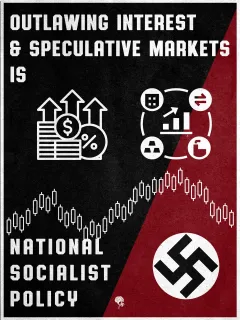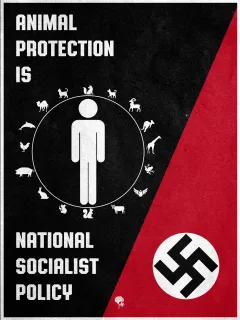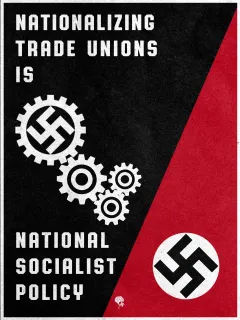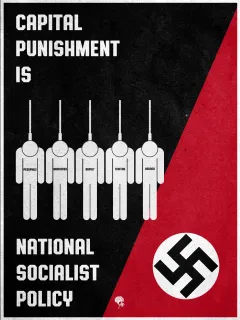Memorandum Appendix XIV. Budget of the First Six Months of 1919.
XIV.
BUDGET OF THE FIRST SIX MONTHS OF 1919.
[Moscow Ekonomicheskaya Zhisn, May 21,1919.]
Attempting a review of the State budget of the Russian Socialist Federated Soviet Republic for January to June 1919, it is necessary to say a few words with regard to the preceding two revolutionary budgets: For January to June 1918 and for July to December 1918. Neither of these budgets reflects a full picture of the financial condition of the Russian Socialist Federated Soviet Republic, because of conditions attending their production. The budget for the first half of the year of 1918, gotten up immediately after the revolution accomplished toward the end of October, 1917, while differing essentially from the budgets of the previous years in its contents as well as in its special items, could not be satisfactory, because it was gotten up in a most acute moment of the revolution. The greatest weakness of that budget was the fact that it took no account of the operations of the chief producing organ - the Supreme Soviet of National Economy, nor of the operations of the People's Food Commissariat. No more did the budget for the second half of 1918 give a proper picture of all the financial-economic operations of the country. It also failed to account completely for all the economic operations of the country, and included principally expenditures of the consuming apparatus. From the operations of the chief productive organ, namely the Supreme Soviet of National Economy and of the organ of distribution - the People's Food Commissariat - the budget of the second half of 1918 contained no revenues. The expenditures were taken account of only in the form of balances between gross receipts and expenditures, while both the Supreme Soviet of National Economy and the People's Food Commissariat disposed of their receipts as their own special resources apart from the general State budget.
The first peculiarity of the budget for January to June 1919 consisted in the application of a new cardinal principle - that all receipts and all disbursements be calculated in the general State budget. The second modification in the new budget is the omission of the division into ordinary and extraordinary revenues and expenditures.
-
Receipts:
Rubles.
1. Direct taxes......................................................................
1,732,001,980
2. Indirect taxes.........................................................
2,572,184,000
3. Customs......................................................................
97,939,100
4. State regalia......................................................................
810,696,500
5. State property....................................................................
14,789,269,363
6, Reimbursement of expenses of State treasury................
63,659,925
7. Miscellaneous..............................................................
277,877,020
Total......................................................................
20,343,627,888
-
Disbursements:
Rubles.
1. All-Russian Central Executive Committee.....
459,156,742
2. Office of Council of People's Commissaries....
842,045
3. Commissariat for Foreign Affairs..................
11,400,000
4. Commissariat for Affairs of Nationalities........
16,714,337
5. Commissariat for Internal Affairs..................
655,542,712
6. Commissariat for Education.........................
3,887,993,727
7. Commissariat for Labor..............................
280,816,069
8. Commissariat for Public Health....................
1,227,834,057
9. Commissariat for Social Welfare....................
1,619,130,903
40
-
Disbursements - Continued.
Rubles.
10. Commissariat for Justice.................................................
250,523,251
11. Commissariat for Finances..............................................
1,403,604,258
12. Supreme Soviet of National Economy............................
5,813,951,055
13. Commissariat for Agriculture..........................................
532,725,811
14. Commissariat for Food....................................................
8,152,880,527
15. Commissariat for Commerce and Industry......................
202,007,828
16. Commissariat for Means of Communication...................
5,072,906,230
17. Commissariat for Post and Telegraph..............................
573,103,010
18. Commissariat for Military Affairs...................................
12,149,770,487
19. Commissariat for Naval Affairs.......................................
521,068,892
20. Commissariat for State Control.......................................
107,599,080
21. Central Statistical Office...................................................
69,119,000
22. All-Russian Evacuation Commission................................
5,152,625,009
23. All-Russian Extraordinary Commission to Combat Counter-revolution, etc....................................................................
201,456,567
24. To liquidate annulled loans................................................
100,181,020
25. Interest on debt to People's Bank by treasury....................
1,625,617,000
26. Expenses of nationalization and office of S. S. N. E.........
5,162,625,009
27. Expenses of local soviets...................................................
201,456,567
28. Appropriations for extraordinary expenses........................
200,000,000
Total..............................................................................
50,702,627,832
Comparison of receipts and disbursements in rubles (in millions) for January-June, 1919, January-June, 1918, and July-December, 1918.
| 1919. January-June. | 1918. | ||||
January-June. | July-December. | |||||
Receipts. | Disburse-ments. | Receipts. | Disburse-ments. | Receipts. | Disburse-ments. | |
A. RECEIPTS AND DISBURSEMENTS IN PRODUCING. |
|
|
|
|
|
|
Operations of Supreme Soviet of National Economy......................... | 5,812 | 8,685 | …........ | 2,000 | 12 | 2,759 |
State sugar operation..................... | 493 | 344 | 582 | 472 | 584 | 363 |
State alcohol operation.................. | 257 | 242 | 97 | 15 | 52 | 10 |
State timber operation................... | 164 | 89 | 40 | 45 | 164 | 80 |
| 6,726 | 9,358 | 719 | 2,532 | 812 | 3,212 |
B. RECEIPTS AND DISBURSEMENTS IN DISTRIBUTING. |
|
|
|
|
|
|
Provisioning of population............ | 6,500 | 8,153 | …........ | 1,372 | …........ | 3,143 |
Reserve state fund of provisions | 2,250 | …........ | …........ | …........ | …........ | …........ |
Purchase of goods abroad for nationalized undertakings............. | …........ | 127 | …........ | …........ | …........ | …........ |
| 8,750 | 8,280 | …........ | 1,372 | …........ | 3,143 |
C. RAILWAY AND WATER TRANSPORT. |
|
|
|
|
|
|
Railways....................................... | 923 | 5,004 | 731 | 3,791 | 490 | 3,471 |
Nationalized merchant fleet......... | 302 | 425 | 256 | 460 | 302 | 3902 |
| 1,225 | 5,429 | 987 | 4,251 | 792 | 7,373 |
D. MISCELLANEOUS RECEIPTS AND DISBURSEMENTS OF ADMINISTRATION. |
|
|
|
|
|
|
Taxes and customs...................... | 2,123 | …........ | 862 | …........ | 10,820 | …........ |
State Regalia............................... | 61 | …........ | 210 | …........ | 105 | …........ |
State capitals and property.......... | 1,117 | …........ | 11 | …........ | 143 | …........ |
Various receipts........................... | 347 | …........ | 64 | …........ | 45 | …........ |
Education, science, and art.......... | …........ | 2,327 | …........ | 525 | …........ | 2,004 |
Public building............................ | …........ | 1,396 | …........ | 416 | …........ | 1,002 |
Disbursement for defense........... | …........ | 12,491 | …........ | 5,371 | …........ | 9,762 |
Other disbursements................... | …........ | 11,422 | …........ | 3,136 | …........ | 6,078 |
| 3,648 | 27,636 | 1,147 | 9,449 | 11,123 | 18,846 |
Total............................................ | 20,349 | 50,703 | 2,853 | 17,633 | 12,727 | 29,103 |
(The author says that while the enormous deficit of 30,353,000,000 rubles is obtained, relatively, as seen from the comparison, it shows a favorable situation. For the first half of 1918 the deficit amounted to 83.8 per cent of the disbursement, and for the second half of 1918 the deficit amounted to 58.6 per cent. Since, however, in the receipts for the second half of 1918 the extraordinary levy of 10,000,000,000 which can not be repeated, was included, the real deficit would amount to 90.7 per cent. For the first half of 1919 the deficit amounts to 59.8 per cent. The author considers it a hopeful progress and believes that the items of receipts call be increased in the future to equal disbursements.
41
Analyzing separately the various group deficits, the author calls attention to the absence of receipts from the agricultural undertakings of the State and to the very conservative estimate of the receipts from the nationalized industries.
The author considers the real irreparable deficit to be that of the transport operations. He lays it at the door of the imperialistic war, which has ruined transport.
The disbursements of Group D for education, public buildings, and defense are considered not total losses, because of the values they create. The real deficit, according to the author, is 7,774,000,000 rubles and 4,204,000,000, for Group C.)


